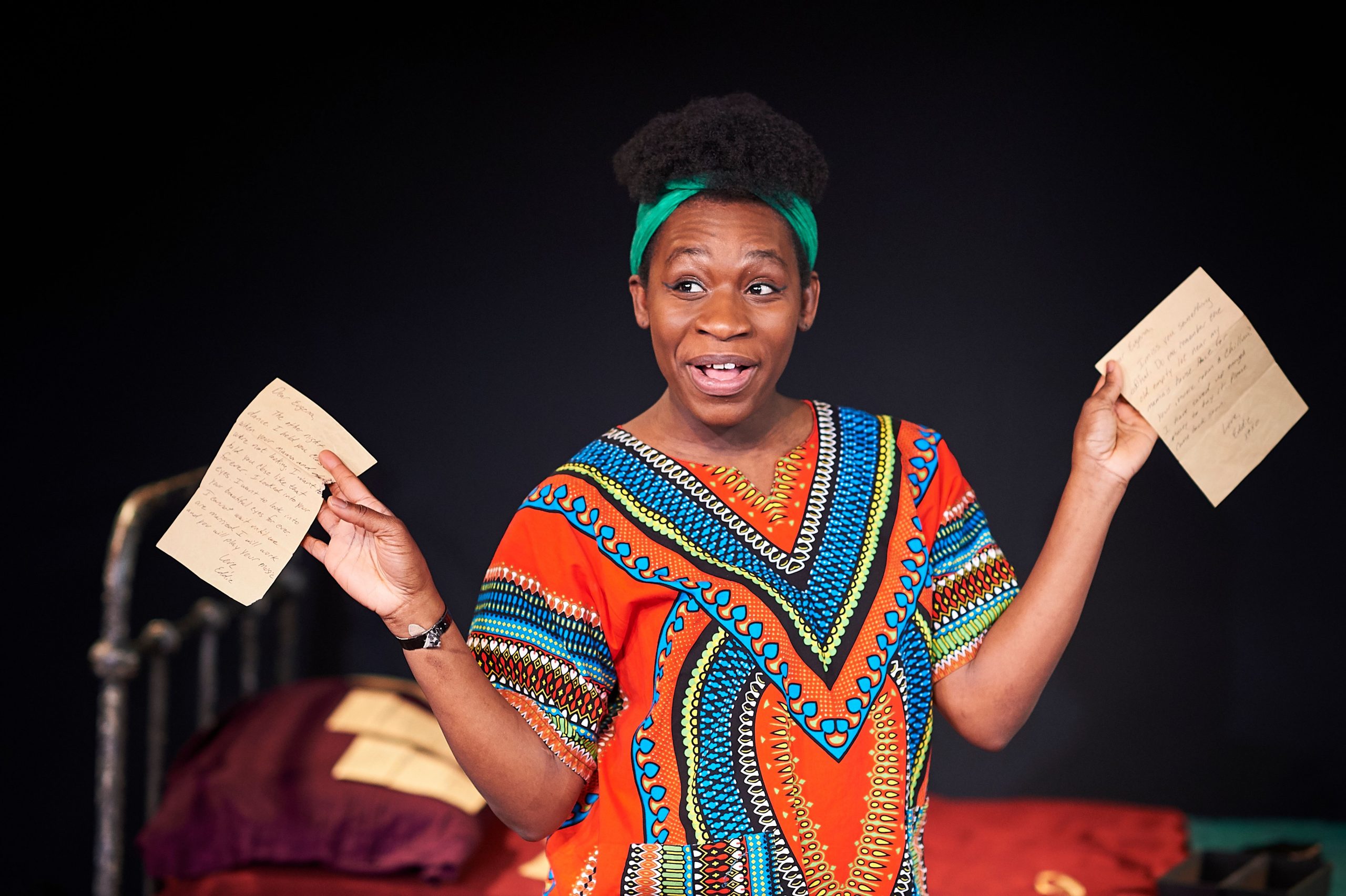Inspired by the life of Nina Simone, Apphia Campbell’s one-woman show, Black is the Color of My Voice, charts the life of one of the world’s greatest musical legends.
The setting sees the jazz singer (played by Campbell) stuck in a sparsely decorated hotel room counting down the days to a big event. As she waits, she ruminates on her life following the recent death of her father.
Apphia Campbell has written a life story about the legendary jazz singer that is absorbing, at times poignant and possesses all the zeal that you would imagine coming from the real Nina Simone
Now Nina Simone’s name isn’t directly mentioned in the play, but it is impossible to see the central figure as anything other than an imagining of Nina Simone. The story so closely matches the events in her life. In fact, this show is perfect for anyone who wants to fill in the dots about Simone’s remarkable life story.
Campbell brings light and shade to the significant events during the jazz singer’s life taking us back to her early years where she discovers her talent for playing music. Even though Campbell alone is on stage, the audience is transported into the black church setting. Here the singer (Nina Simone) first honed her musical and performance skills. Helping transport us are the sounds effects of the church organ and the noisy congregation that so many of us who have been brought up in the church recognise well.

Later the jazz singer recalls the incident in her youth; at her first recital, she refused to start singing after her parents were removed from the front row to make room for white people. The injustice struck her even then; its telling reminds us of Simone’s personal stand for justice as a civil rights activist and campaigner.
Campbell is engaging in her role as the jazz singer, and she has written a life story about the legendary jazz singer that is absorbing, at times poignant. However, this play is elevated to greatness by how Nina Simone’s own music is used to punctuate the major events in her life. Now, attempting to sing a Nina Simone song is not for the faint-hearted, but Campbell has the voice for it. Rounded and honeyed vocals echoing Nina Simone’s characteristically low register produce something distinctive and special. Even better, Campbell doesn’t try to copy the jazz singer exactly but creates her own version, similar rather than imitation.
This approach creates a much more effective and respectful homage. That said, in her musical performances as the jazz singer, Campbell possesses all the zeal that you would imagine coming from the real Nina Simone.

The jazz singer’s account of a traumatic encounter with her abusive husband is followed by an affecting rendition of I loves you, Porgy. I was blown away by Campbell’s low sultry notes but before we in the audience have a chance to recover, she gives us another outstanding musical interlude featuring I put a spell on you.
There are so many brilliant musical interludes but my personal standout is the protest classic Mississippi Goddam borne out of the jazz singer’s frustration at the bombing of a black church in Mississippi and the resulting deaths of four black girls. I can’t help but take this song as a reminder of how much the jazz singer risked for us in the struggle for equality. Nina was a civil rights campaigner in a time where she risked both her career and her life.
Black is the Color of My Voice is an absorbing 70-minute performance sprinkled with outstanding musical interludes.




























